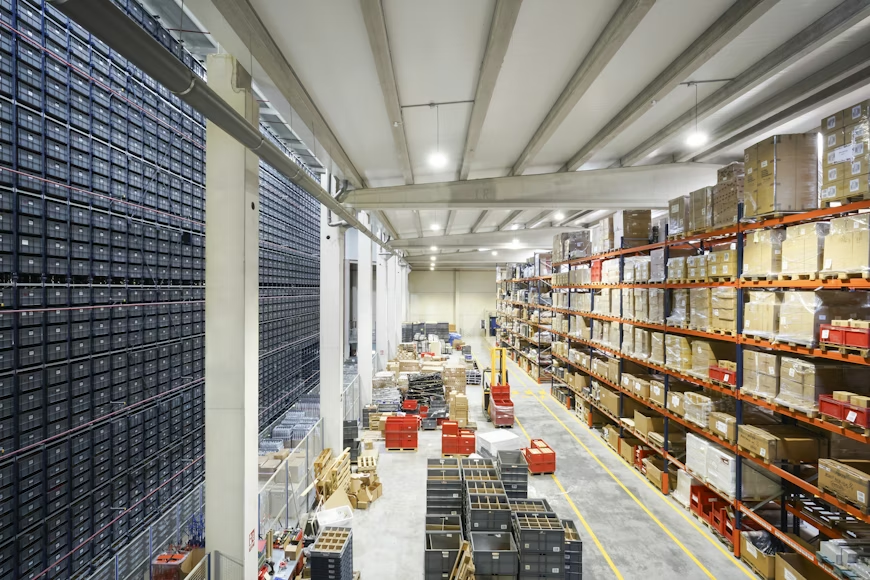In a significant move within the cyber security landscape, Huawei has launched its largest Global Cyber Security and Privacy Protection Transparency Center in Dongguan, China. This inauguration event saw the participation of notable entities including GSMA, SUSE, the British Standards Institution, and regulatory representatives from the UAE and Indonesia.
The establishment of this new center aligns with Huawei’s ongoing commitment to enhancing industry-wide cyber security. The event also marked the release of Huawei’s Product Security Baseline, a comprehensive framework detailing the company’s product security standards and practices. This initiative is part of Huawei’s concerted efforts to collaborate with various industry stakeholders such as customers, suppliers, and standards organizations, aiming to fortify cyber security across the sector.
Ken Hu, Huawei’s Rotating Chairman, emphasized the growing significance of cyber security at the center’s opening. He highlighted the need for collective action and knowledge exchange within the industry to bolster governance, standards, technology, and verification processes. Hu underlined the industry’s responsibility to earn public and regulatory trust in digital product and service security.
The new center in Dongguan serves as a hub for stakeholders to converge and address emerging cyber security challenges. It is designed to facilitate collaboration, demonstrate solutions, and support security testing and verification. This facility will be accessible to regulators, independent testing organizations, standards bodies, and Huawei’s network of customers, partners, and suppliers.
The telecoms industry, represented by organizations like GSMA and 3GPP, is also actively engaging in efforts to enhance cyber security. These include promoting NESAS Security Assurance Specifications and independent certifications, which are gaining widespread acceptance and playing a critical role in securing network technologies.
Mats Granryd, Director General of GSMA, spoke at the center’s inauguration about the vital role of secure technology in delivering services in the 5G era. He pointed to initiatives like the GSMA 5G Cybersecurity Knowledge Base and NESAS as key tools in elevating network equipment security across the industry.
The release of Huawei’s Product Security Baseline is a noteworthy development, encapsulating over a decade of the company’s experience in product security management. This document integrates various external regulations, technical standards, and regulatory requirements to bolster the security and reliability of Huawei’s products. The company has a track record of building secure networks globally, with over 1,500 networks connecting more than three billion people across 170 countries and regions, reportedly without any major security incidents.
Sean Yang, Director of Huawei’s Global Cyber Security and Privacy Protection Office, expressed the company’s intention to engage a wider array of stakeholders in discussing and working on cyber security baselines, aiming for continuous industry-wide improvement in product security.
The industry is currently navigating the complexities of developing a unified approach to cyber security, with gaps in areas such as governance, technical capabilities, certification, and collaboration. Ken Hu concluded his remarks by calling for a collaborative and international approach to cyber security, urging governments, standards organizations, and technology providers to unite in creating a secure and trustworthy digital environment.
Get the latest supply chain report news insights at The Supply Chain Report. For international trade resources, visit ADAMftd.com.
#HuaweiCyberSecurity #GlobalTransparencyCenter #ProductSecurityBaseline #CyberSecurityInnovation #IndustryCollaboration #5GSecurityStandards #NESASCertification #TechGovernance #DigitalTrust #CyberSecurityLeadership

















